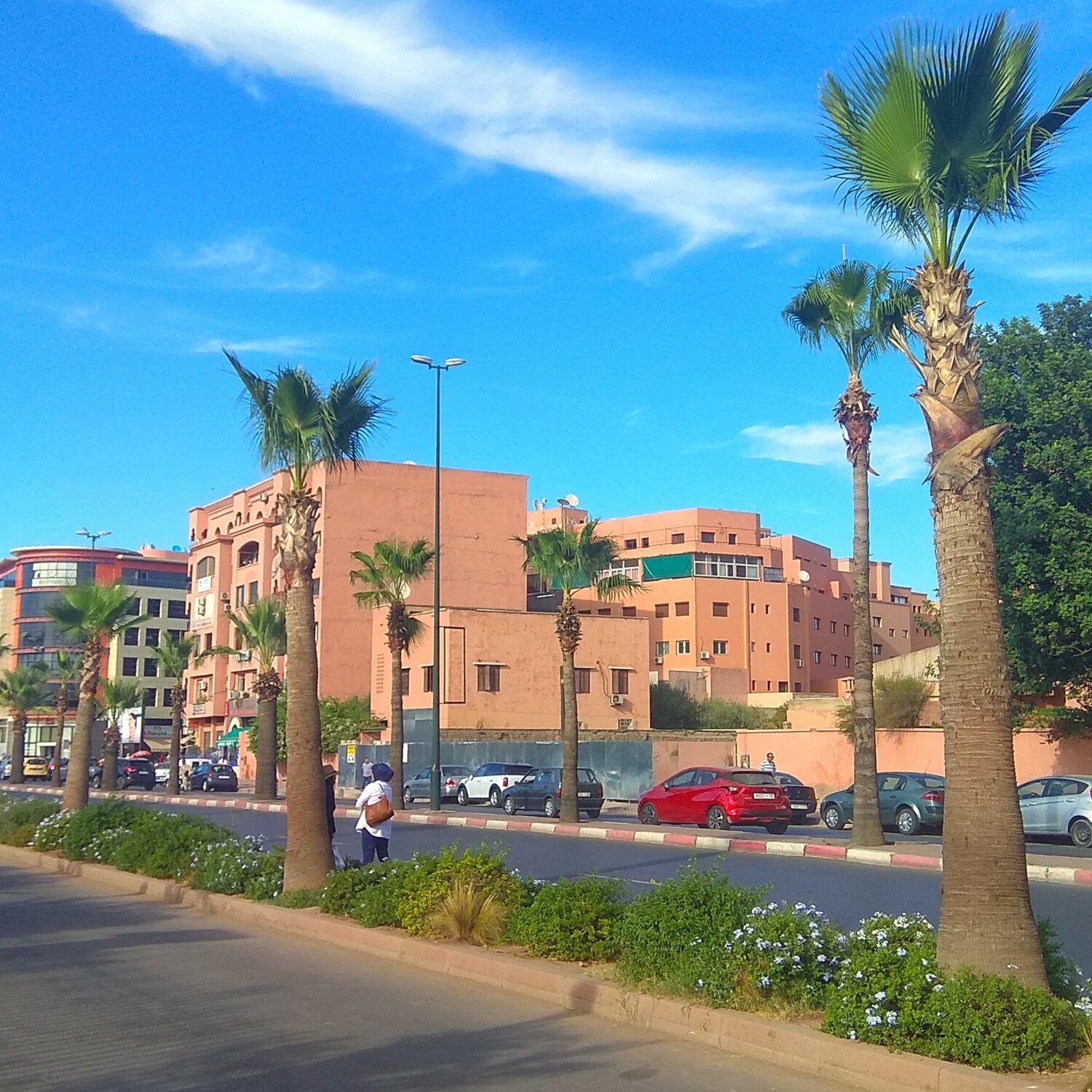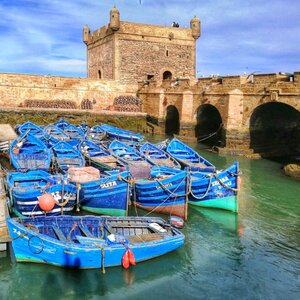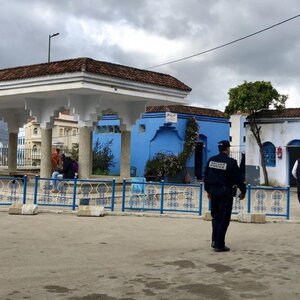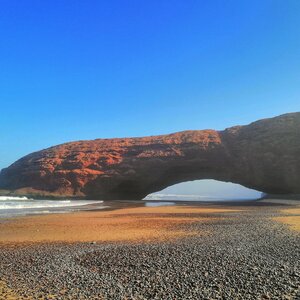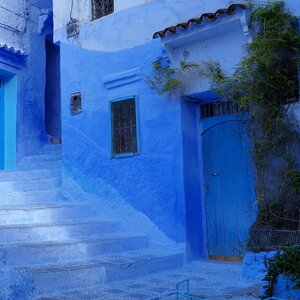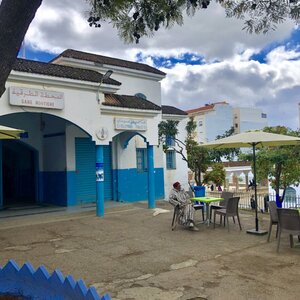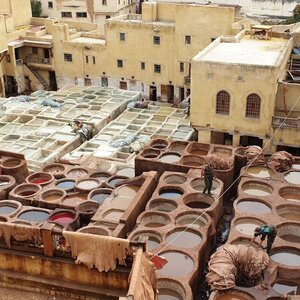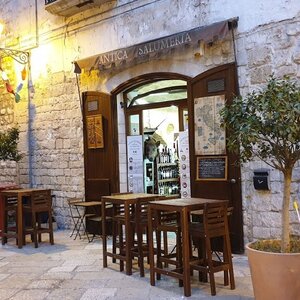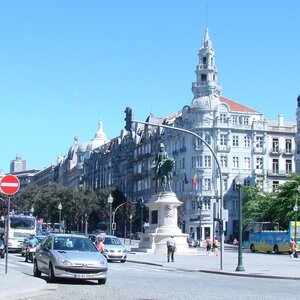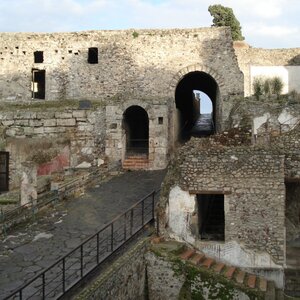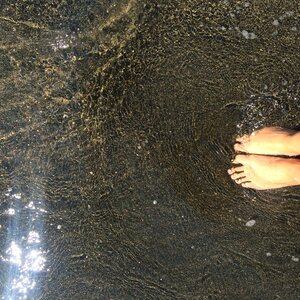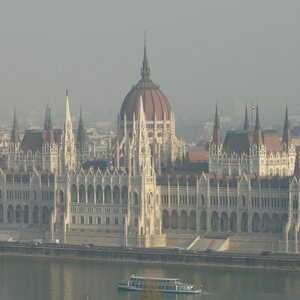This contrasting city in the middle of the desert is a mix of Arab, Spanish, French and Berber cultures. The main population of Morocco is made up of Berbers (50—60%). The name «Berber», given by Europeans and widely used by tourists, is not used by the locals. They prefer «Amazigh», which means «free man».
The currency unit of Morocco is the dirham (DH), it is approximately equal to 6.5 rubles or 0.094 €.
Marrakech translates from the Berber language as «City of God». Travelers call it the Red City because of the color of the walls of the buildings. In the first hours of your stay, the city scares you with chaos, dirt and uncivilized. But give it a couple of hours and follow my route — and you will get into the atmosphere, color and want to see more. I will tell you about the most interesting places you can see during a one-day walk around Marrakech.
Medina
Every city in Morocco consists of an old city, the medina, and a new city. The new city has been developing since the 20th century and is no different from the modern cities of the world. The medina is a labyrinth of narrow streets hidden behind a high wall, the pulsating heart of Moroccan cities. In order not to get lost, be sure to keep the geometric map of your hotel on your phone, and put a sheet with its address in Arabic in your pocket — in a good hotel you can take a business card.
When you enter the old city, it seems as if time stood still centuries ago. At the gates, vendors sell food, fruit and freshly squeezed juice, and the streets of the medina are full of stalls. Donkey carts slowly weave by, old men stride in their national dress, poorly dressed children run around. It’s a completely different world out there. And only scooters rumble between the stalls and tourists, reminding that behind the walls of the medina — XXI century.
The Medina is accessed through twenty gates in the fortress wall. There is a staircase near the Bab Debbagh Gate, where you can climb up and see the life of the city from a height of 9 meters. Choose the gate closest to your hotel so you don’t get lost while looking for your booked accommodation. The most beautiful gate is the Baab Agnaou, built in stone in the 12th century, next to the Saadit Shrine, a beautiful mausoleum of the former sultan dynasty when Marrakech was the capital of the country.
I recommend taking Rue Semarine and Rue Mouassine as your route through the medina. This way you will pass all the old neighborhoods, and on your way to the central square of Jemaa al Fna you will see local artisans and vendors.
It is easy to get lost in the medina, GPS does not correctly determine the location, so memorize the road and have the address with you. Be prepared for locals asking for gratuities for help, and for motorcycles, bicycles, mopeds and even donkey carts running through the narrow streets without following traffic rules.
The outer walls of the houses in the medina are unassuming; there are no palaces here. Arabs are not accustomed to showing off their luxury and wealth to their neighbors. But behind the modest but massive doors there is hidden a real oriental chic from Arabian fairy tales: fountains, pools, soft sofas, thousands of cushions, openwork dishes and lamps. These are riads — traditional dwellings that are built like well houses with a courtyard and a dome roof. Nowadays you can find trendy restaurants, hotels, guesthouses and rooftop-terrace coffee shops in such buildings.
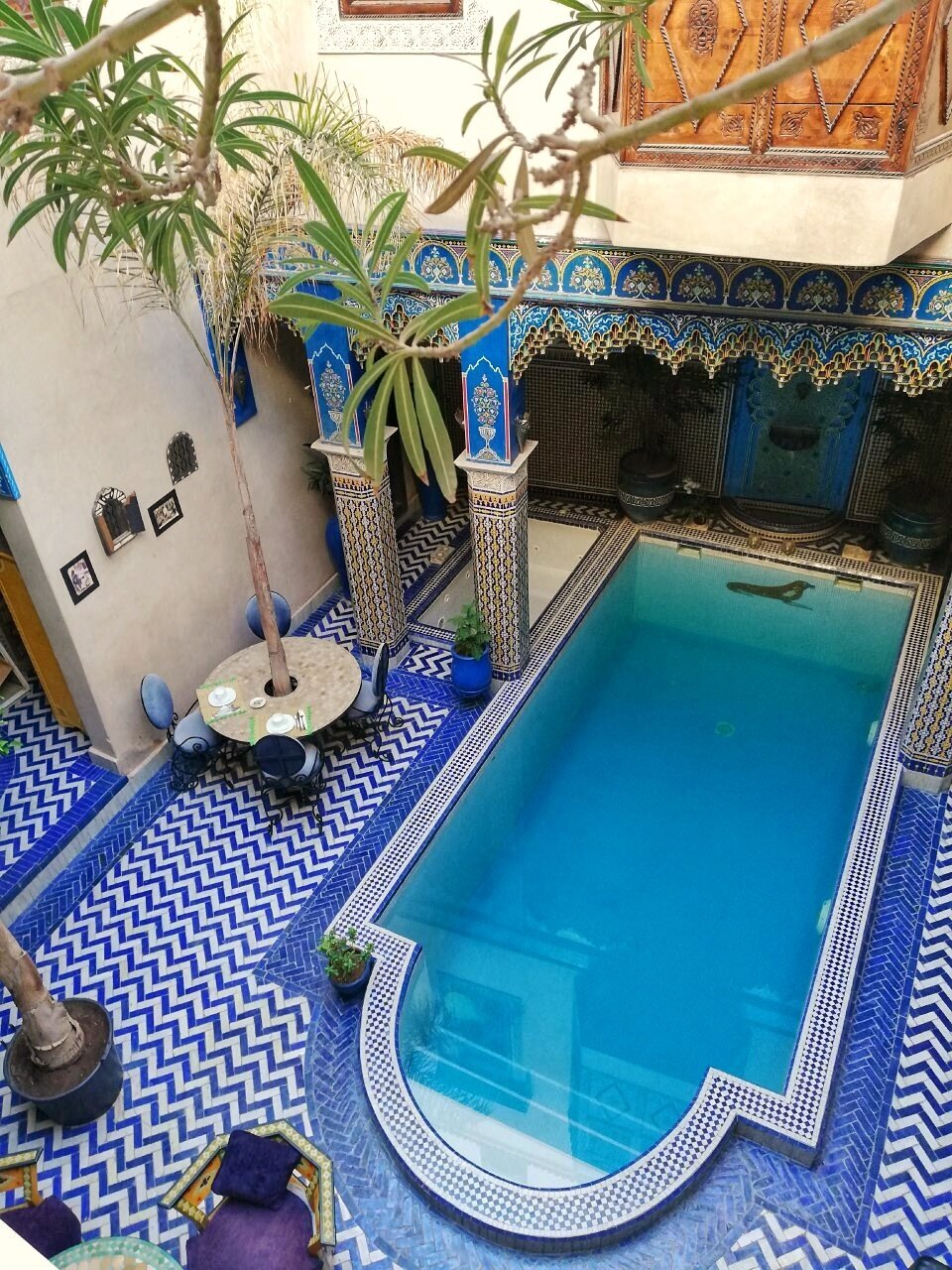
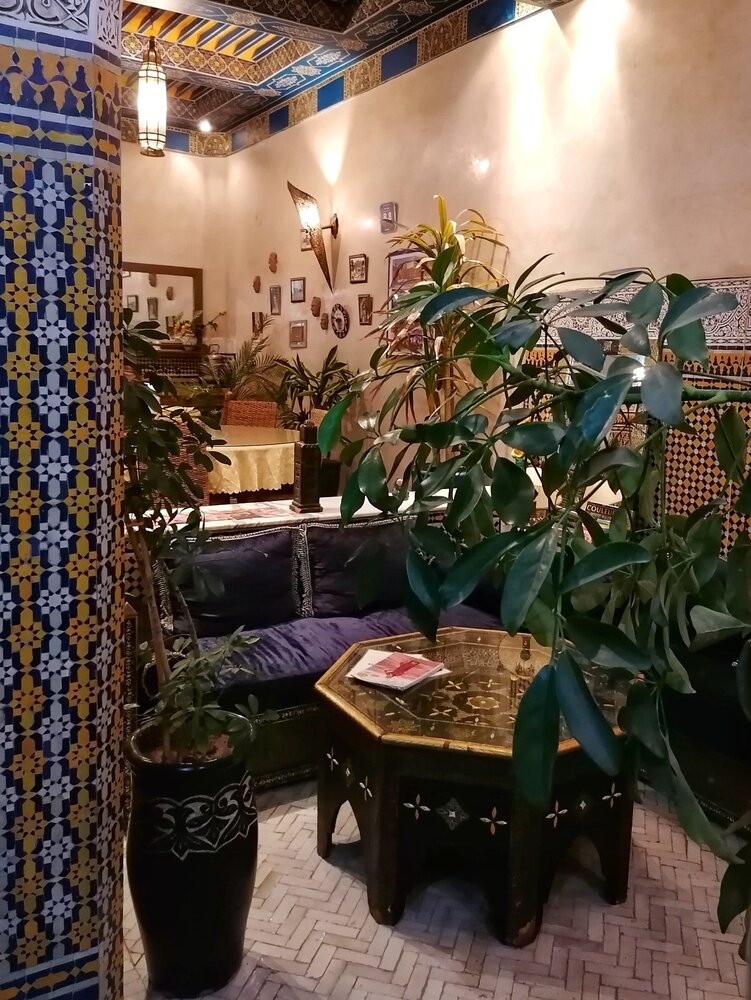
Bahia Palace (Bahia Palace)
Marrakech has many Andalusian style buildings, a legacy of the Arab conquest of Spain. One of the most beautiful buildings in this style in the Red City is the Bahia Palace. It was built by a grand vizier for one of his wives. The palace resembles a labyrinth with painted ceilings, traditional mosaics, tennis alleys and fountains. Banana, cypress and orange trees grow in the garden. Entrance costs less than 100 rubles, and hiding in the garden on a hot day is a real salvation.
- Opening hours: daily from 08:00 to 16:30, break from 11:45 to 24:30.
- Entry: 11 DH
Kutubiya Mosque
The largest mosque in Africa was built in the 12th century, and its 77-meter minaret is visible from all corners of Marrakech. The largest mosque in Africa was built in the 12th century and its 77-meter minaret is visible from all corners of Marrakech.
According to legend, if you stand near the minaret at night during the full moon facing east and see the reflection of the three golden balls of the top of the mosque on the moon, your cherished wish will come true.
I wouldn’t risk walking here at night: there are a lot of beggars and suspicious faces near the mosque, like any other landmarks.
Majorelle Garden.
After what you see in the medina, the Majorelle Garden gives the impression of a paradisiacal oasis amidst the devastation. The garden is always full of tourists trying to take the best photo for their Instagram: this complex is one of the most popular photo locations in Marrakech.
The artist Jacques Majorelle fell ill with tuberculosis, left France and bought a plot of land in Marrakech. He gathered a collection of plants from around the world and created a botanical garden with architecture in traditional Moroccan colors. In this place Majorelle lived for about forty more years. After the master’s death, the place was bought by fashion designer Yves Saint Laurent. He supplemented the site with 350 varieties of cacti, palm trees, groves of ferns. The fashion designer’s memorial is located in a secluded place in the garden, and his ashes were scattered over his favorite plants.
Near the entrance in a cozy cafe you can relax and drink Moroccan tea with oriental dessert. A stroll through the garden can be complemented by a visit to the museums on its territory: the Berber Museum and the Yves Saint Laurent Boutique.
- Opening hours: daily from 8:00 to 17:30 from 01.10 to 30.04; from 08:00 to 18:00 from 01.05 to 30.09; in the month of Ramadan from 09:00 to 16:30.
- Ticket price: 70 DH to the garden, 30 DH to the museum.
- Jardin Majorelle website
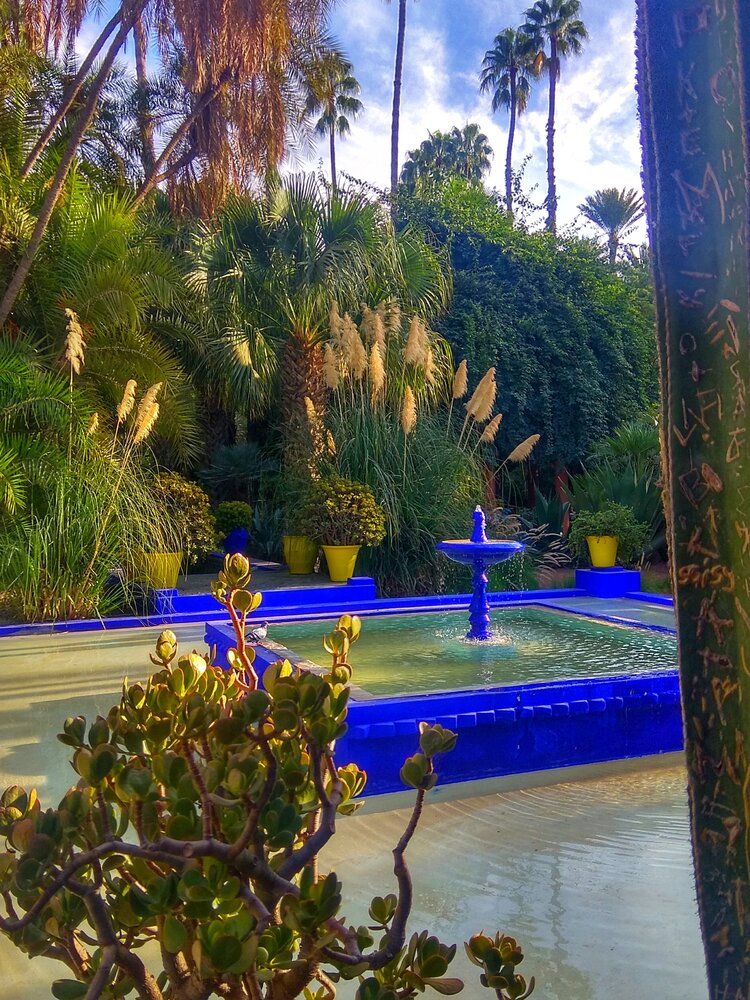
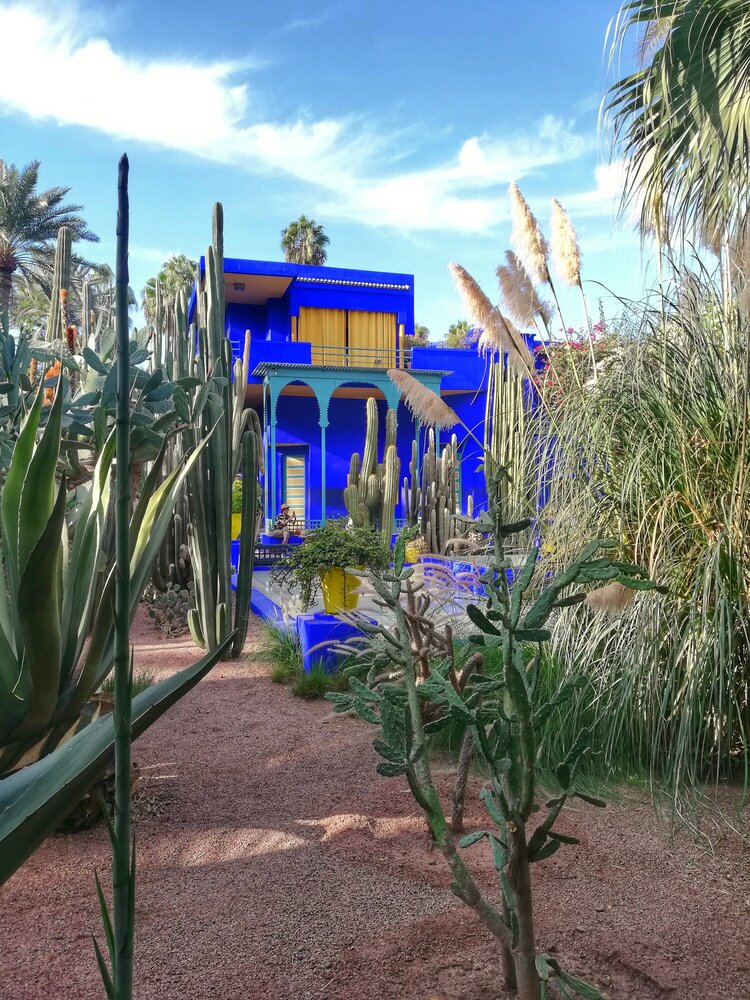
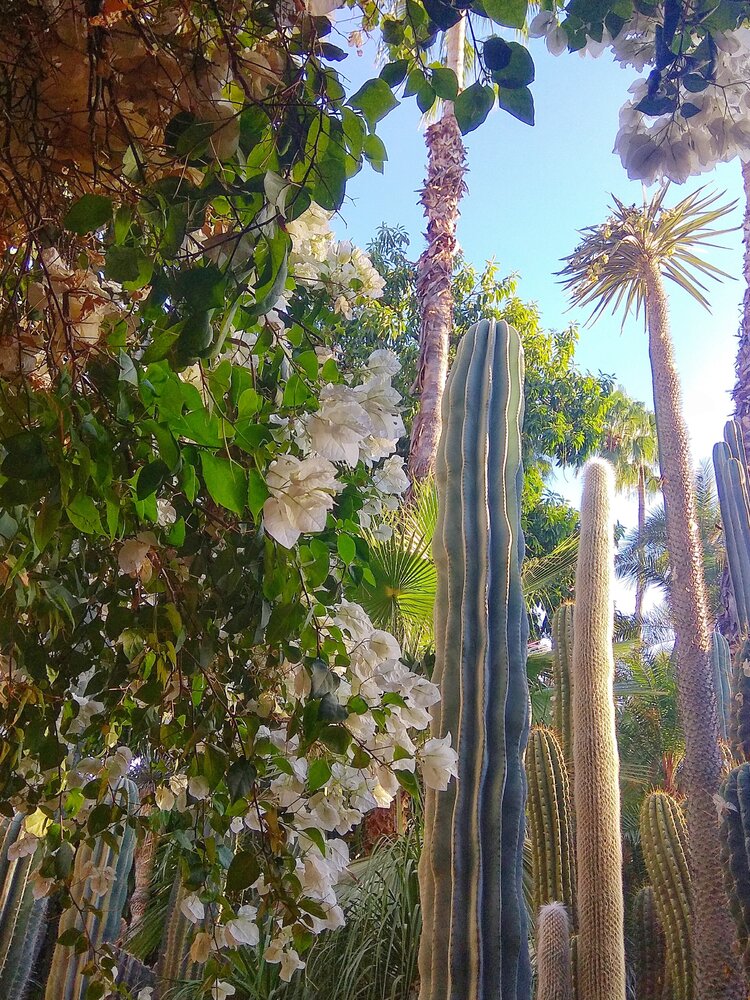
Yves Saint Laurent Museum (Yves Saint Laurent Museum)
Near the Jardin Majorelle is a new building that presents an exhibition of the legacy of fashion designer Yves Saint Laurent. The idea of creating a place that immerses in the universe of the talented fashion genius belongs to his friend Pierre Bergé. The museum exhibits the designer’s haute couture accessories and clothing, has a bookstore, a research library and a café studio.
- Opening hours: daily from 10:00 to 18:00; during the month of Ramadan from 10:00 to 17:00.
- Ticket price: 100 DH.
- Website: Yves Saint Laurent Museum.
Jamaa El f’na Square (Jama El f’na)
The main square of Djemaa al-Fna is the place to end your day’s exploration of Marrakech. Along the narrow streets of the medina diverging from the square, there are oriental souks selling fruits, sweets, spices, clothes and souvenirs.
The square is chaos and madness, yet UNESCO has listed it as a World Cultural Heritage Site. Snake charmers, fortune-tellers, fakirs and musicians put on open-air shows and demand money for every photo. In the center there are stalls with street food, around «invigilators» actively offer their goods, impudently pester and do not give passage. Here you can try an orange juice and traditional fast food (entertainment not for the squeamish), or you can go to a restaurant with a terrace and have dinner, watching the action from above, in a quiet atmosphere.
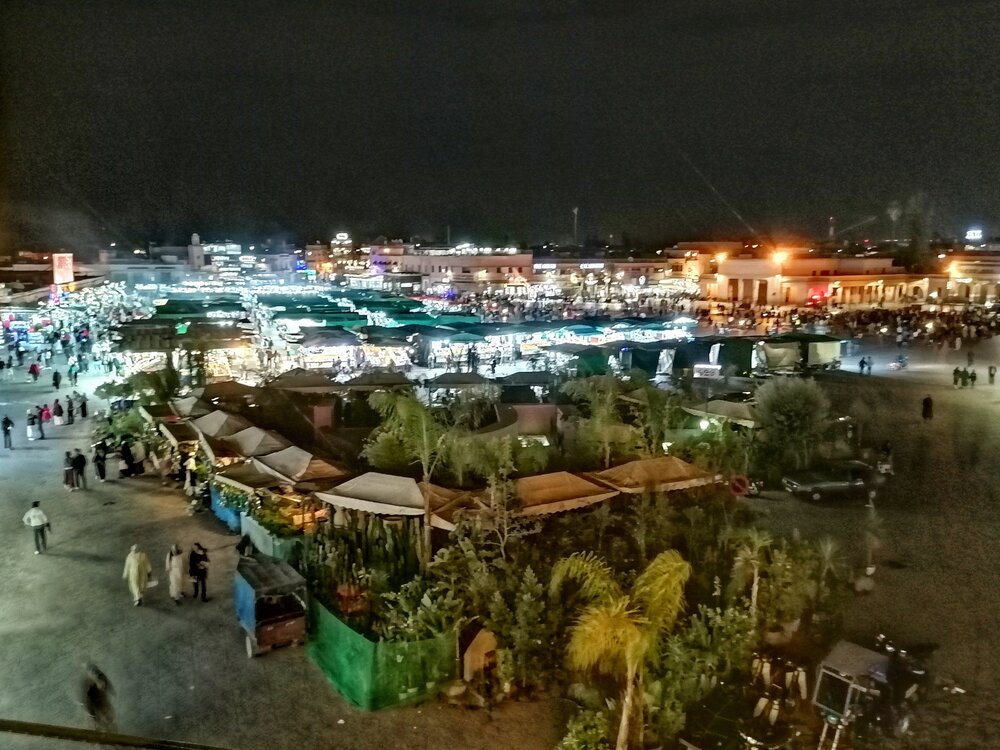
Where to stay in Marrakech
You want oriental exoticism? Then choose a hotel in the medina. Most of the hotels in the old city are former riads: unassuming on the outside and luxurious on the inside, as far as the owner has enough money. The main recommendation is not to save money on a riad: the cheaper the room, the worse the condition of the building. Instead of an oriental fairy tale, you can end up in a very poor house. Carefully study reviews and do not trust the photos.
If you don’t want to take risks or prefer ordinary international hotels, there are plenty of them in New Town.
We stayed in two nice riads near Jemaa al Fna Square, which I can safely recommend.
Riad Puchka
This was our first hotel in Marrakech and it was lovely. We had a transfer from the airport, the driver met us with a sign, brought us to the medina and walked us all the way to the riad, helping us carry our heavy suitcases.
A nice procedure upon check-in is a welkam-drink: mint tea in the lounge area. We stayed in a suite with three rooms, fireplace, large bathroom.
The hotel staff is very polite and alert, they gave us glasses at our request. Very often in Moroccan hotels it is forbidden to drink alcohol, even beer and wine, and here they treat it loyally. In the morning — very tasty breakfast included in the room rate.
The price for a double room starts from 73 € per night. Link to the hotel on Booking: «Riad Puchka».
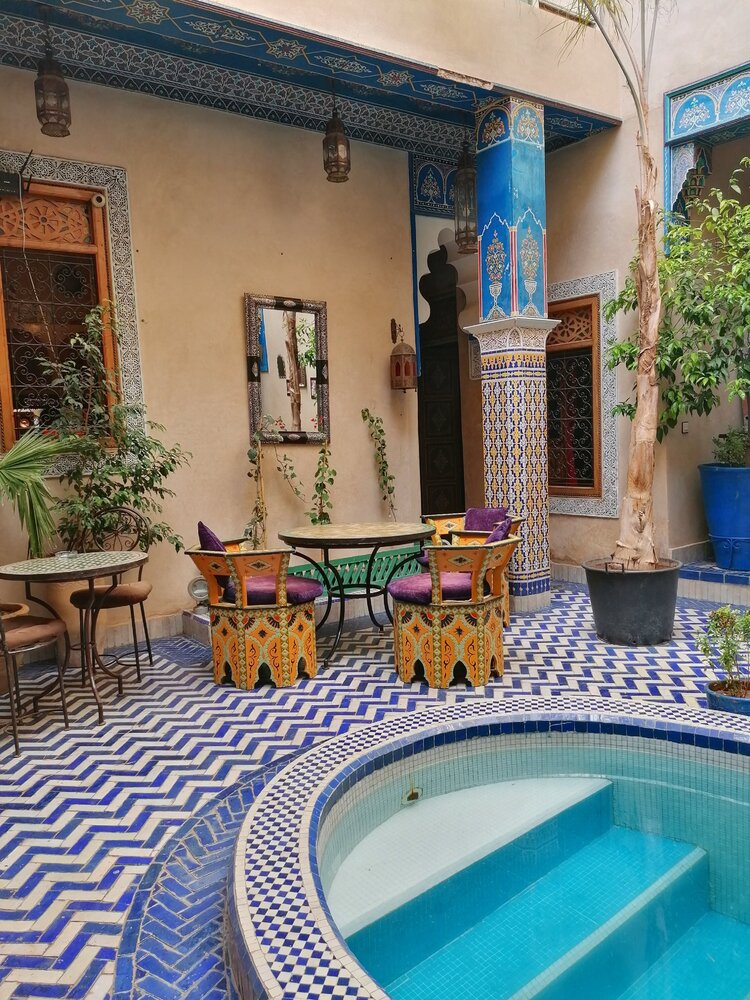
Riad Zen House
A more budget option for a vacation is Riad Zen House. The riad is a bit simpler, but the rooms are nice and cozy, priced from 43 € per night. We stayed in a superior comfort room.
There is a small Jacuzzi in the lounge, but in the fall and winter season the water is cold for bathing. For breakfast there is a traditional Moroccan set: orange juice, buns, corn cakes, traditional mint tea, coffee and three kinds of jams.
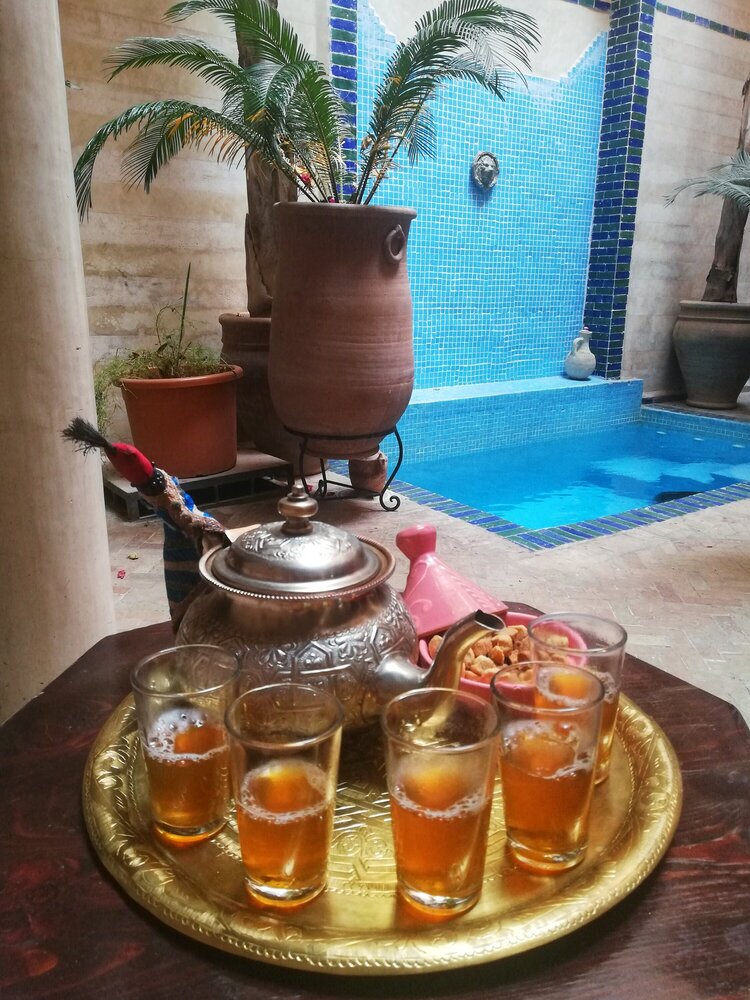
Where to dine in Marrakech
For street food in Morocco you should be prepared morally, not every tourist will dare to try street freshes or fast food. I will recommend a few places where you can have lunch or dinner in comfort.
A cozy, authentic place with delicious traditional cuisine and a dance and music program. The restaurant is located in a quiet alley near Jemaa al Fna Square. Order the tagine and couscous.
Opening hours: daily from 12:00 to 16:00 and from 19:30 to 22:00
Also located a stone’s throw from the square. At the entrance to the restaurant there is a metal detector frame, as in many establishments. This security measure was introduced after the terrorist attack in 2011.
The menu offers not only Moroccan cuisine, but also European dishes. Try pasta with seafood and mango juice.
Opening hours: daily from 07:00 to 2:00, reservations from 10:00 to 23:00.
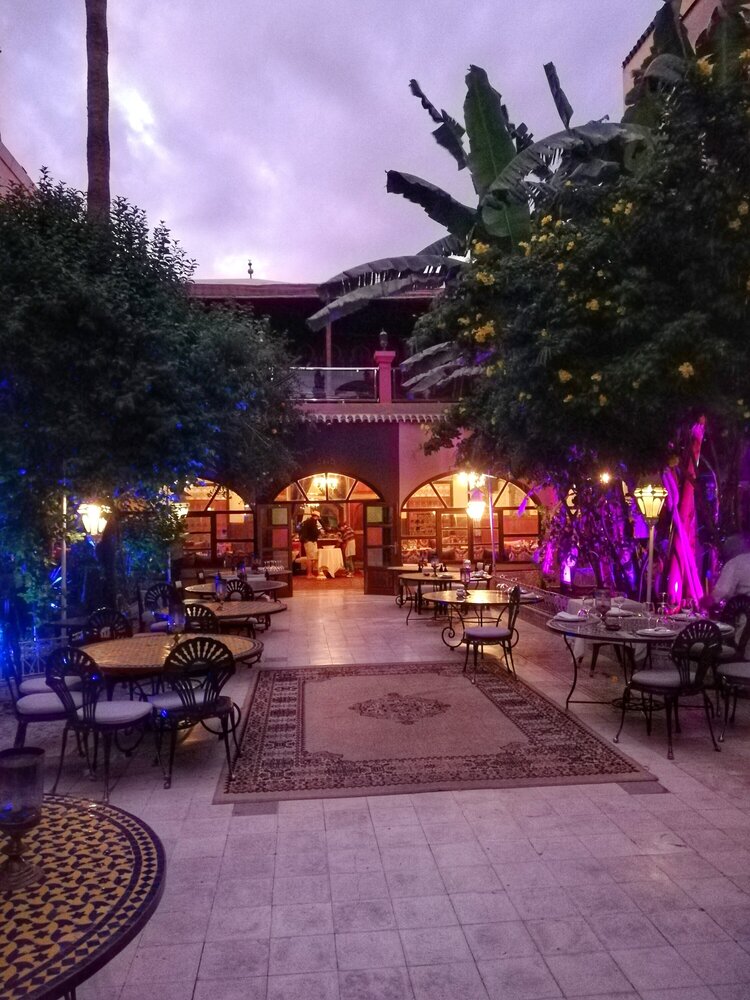

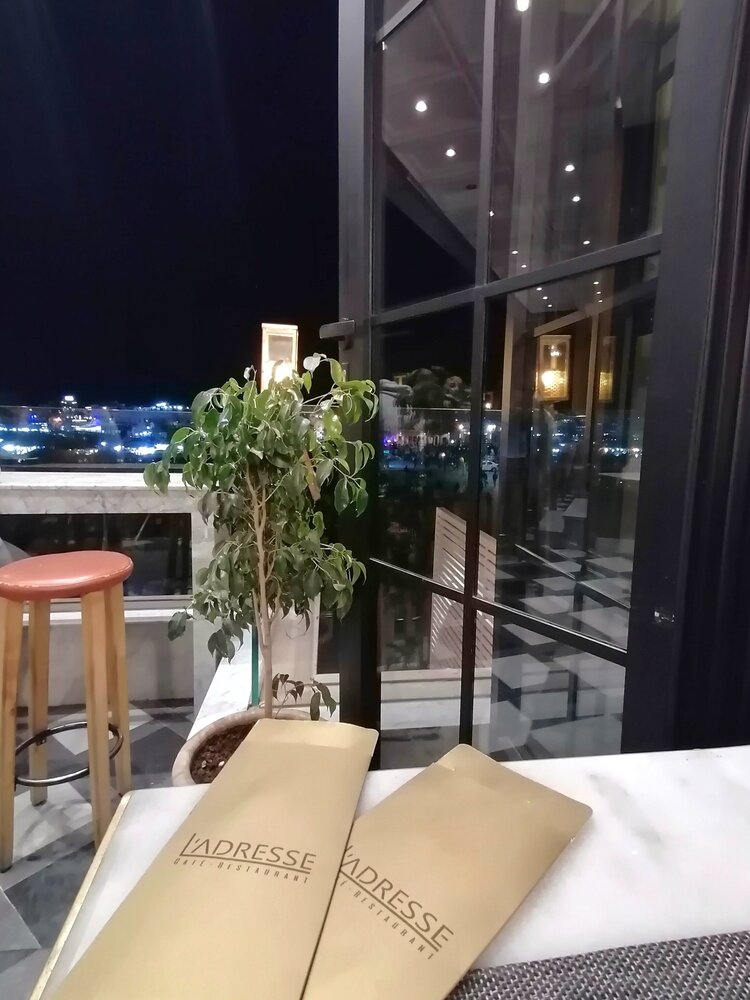
For one day in Marrakech, such a program will be sufficient. If you plan to stay for two days, check it out:
- The Marrakech Museum is a collection of Moroccan art, from Berber jewelry to furniture, clothing and weapons from different times. The museum is housed in the beautiful palace of Dar Menebhi, which is a sight to behold in its own right. Website.
- The Dar Si Said Museum is another former palace turned arts and crafts museum.
- Tanneries are places where leather is dyed. The biggest and most famous dyehouses are in Fez, and if you plan to go there, it is worth seeing the dyehouses there. But if Fez is not on your trip, you can visit the Marrakech Tanneries, which is a smaller copy of them.
- Menard Gardens is a beautiful park with free admission, right at the foot of the Atlas Mountains, founded back in the 12th century. Website.
I recommend that you take a couple of days to explore the Red City, and then go on an adventure to the Sahara Desert, the Atlantic Ocean, or north to explore the other three imperial cities and the world’s most famous blue city, Chavin.

